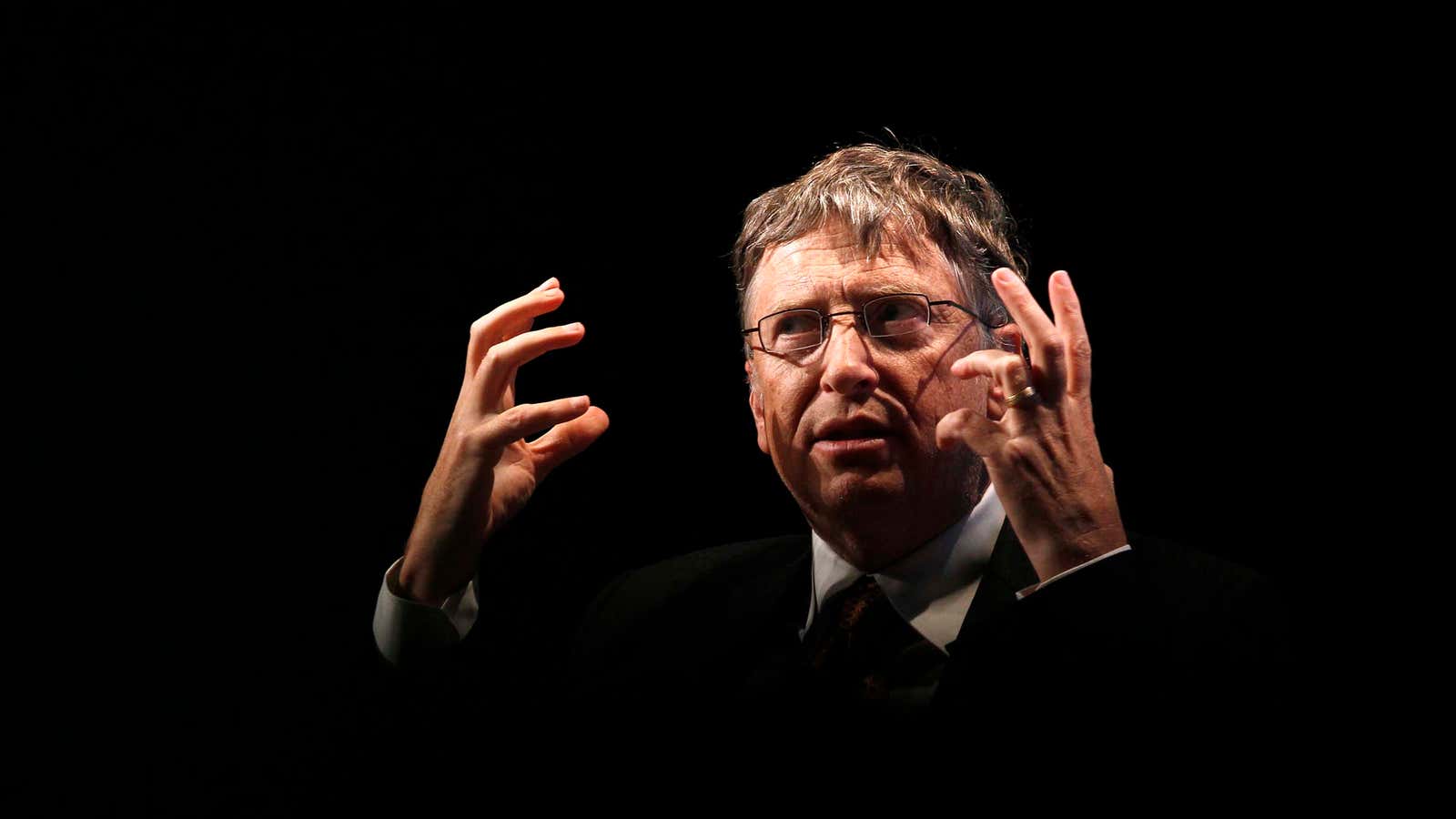When it comes to his insatiable appetite for non-fiction, Bill Gates is a very public man.
At his blog, Gatesnotes, the Microsoft chairman has posted his summer reading lists, along with extensive reviews of books he has read. One such review, of a book called Harvesting the Biosphere by one of Gates’s favorite authors, even got its own sleek looking webpage, complete with infographics, maps, and parallax scrolling.
Now that 2013 is coming to a close, Gates is rounding up his favorite reads of the year. Not all of the books were published in the last 12 months, but he did read them and come to love them in that time. Here they are, in no particular order:
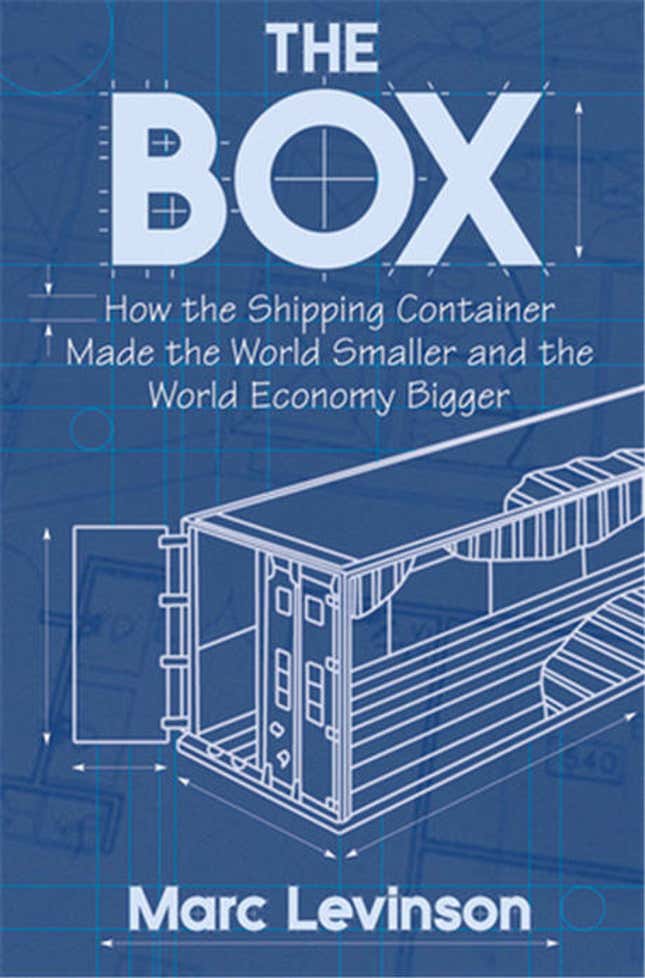
The Box, by Marc Levinson. From Gates’s review: “In the second half of the twentieth century, an innovation came along that would transform the way the world did business…the shipping container. It is the subject of an excellent book I read this summer called The Box: How the Shipping Container Made the World Smaller and the World Economy Bigger, by a former Economist editor named Marc Levinson. The Box is mostly about globalization, but there is also a larger story here that touches on business and philanthropy more broadly.”
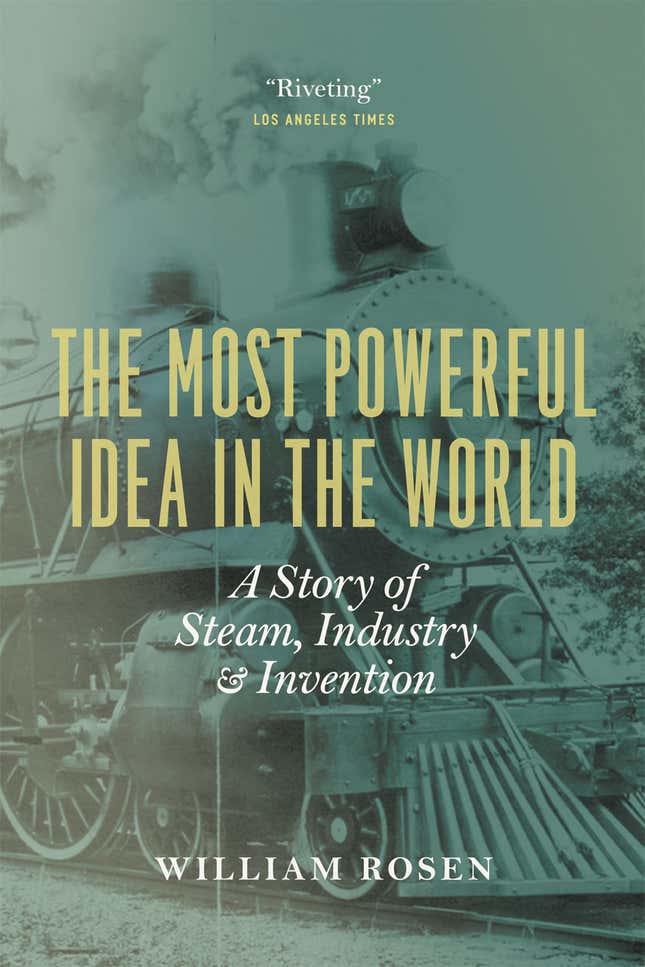
The Most Powerful Idea in the World, by William Rosen. “Published in 2010, The Most Powerful Idea in the World is an entertaining narrative weaving together the clever characters, incremental innovations and historical context behind the engines that gave birth to our modern world…Rosen describes a “thousand threads” of developments dating back to the beginning of the modern world that culminated with the Rocket but also fueled the creation of increasingly better steam engines through the 18th and 19th centuries. Ancient Egyptians recognized the power of steam and France made some advances. But it was only in the 1700s in Britain that it was commercialized. Rosen colors in the assortment of scientists, entrepreneurs and tinkerers who made it happen– people like Thomas Savery, William Newcomen, James Watt and Matthew Boulton.”
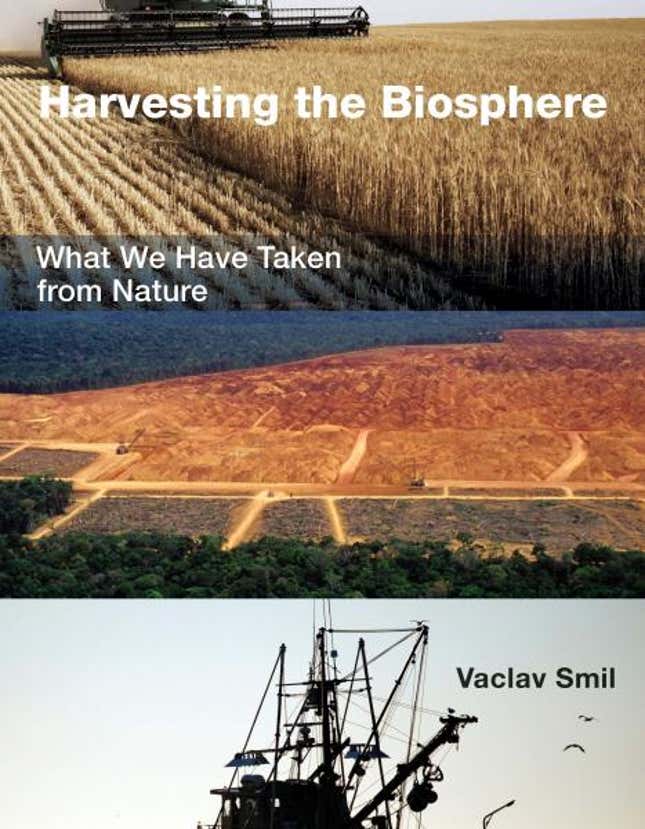
Harvesting the Biosphere, by Vaclav Smil. “Smil starts with a big question: How much life is there in the biosphere? By ‘biosphere,’ he means everywhere on earth where there are living things: in the air, on the ground, and in the oceans. I’ve been thinking and writing a lot about measurement this year, and I was very impressed with how rigorously he thinks about this problem. Ultimately he concludes that the dry mass of all living things on Earth is about 1.6 trillion metric tons.”
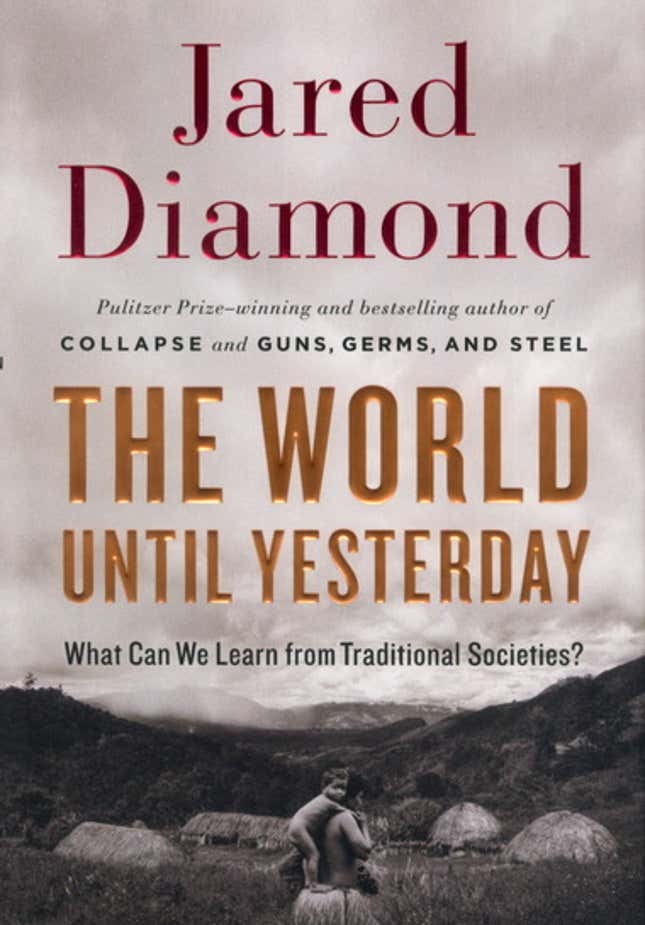
The World Until Yesterday, by Jared Diamond. “Diamond starts with the premise that human beings were hunter-gatherers for millions of years, and only settled down when we began farming about 10,000 years ago. So most of our genetic selection has been done in a hunter-gatherer environment. He argues that we can learn a lot by studying hunter-gatherer societies in places like New Guinea, where he has spent much of his career.”
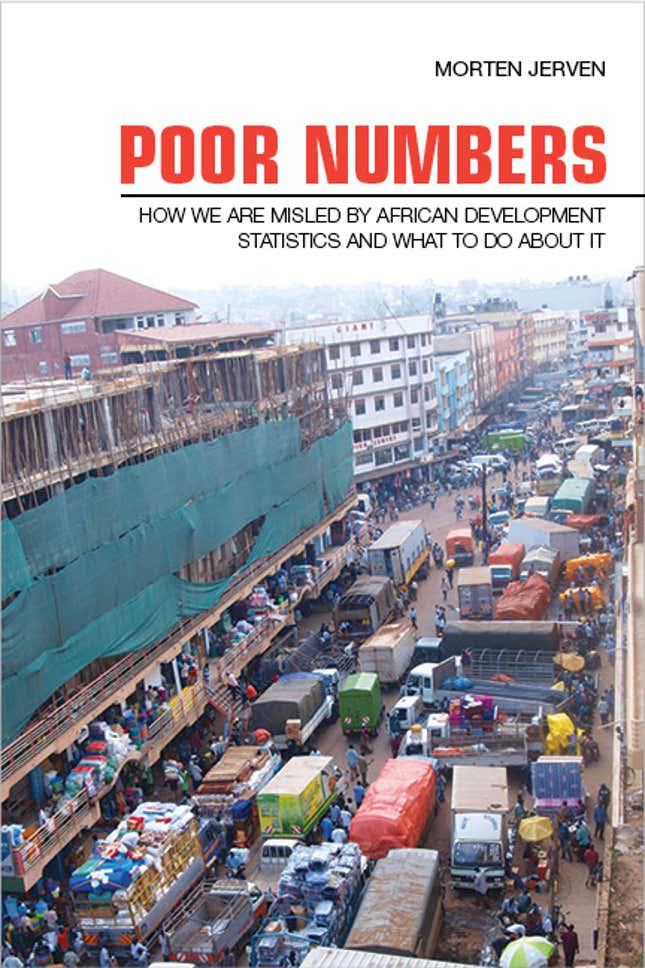
Poor Numbers, by Morten Jerven. “…there are problems with GDP as a statistic. It may be very inaccurate in the poorest countries. These problems are not just a concern for policymakers or hardcore people like me who read lots of World Bank reports. They are relevant for anyone who wants to use statistics to make the case for helping the world’s poorest people. The question of how we measure growth and improvements in people’s lives—and how we know what works—is very important.”
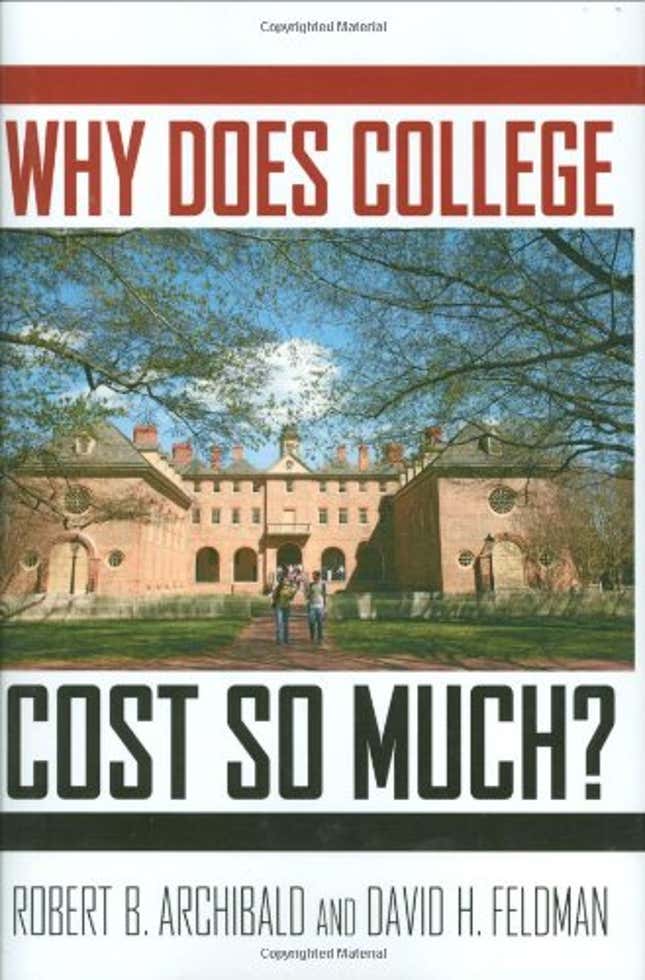
Why Does College Cost So Much? by Robert B. Archibald and David H. Feldman. “To explain rising college cost, the authors place the higher education industry firmly within the larger economic history of the United States. The trajectory of college cost is similar to cost behavior in many other industries, and this is no coincidence. Higher education is a personal service that relies on highly educated labor. A technological trio of broad economic forces has come together in the last thirty years to cause higher education costs, and costs in many other industries, to rise much more rapidly than the inflation rate. The main culprit is economic growth itself.”
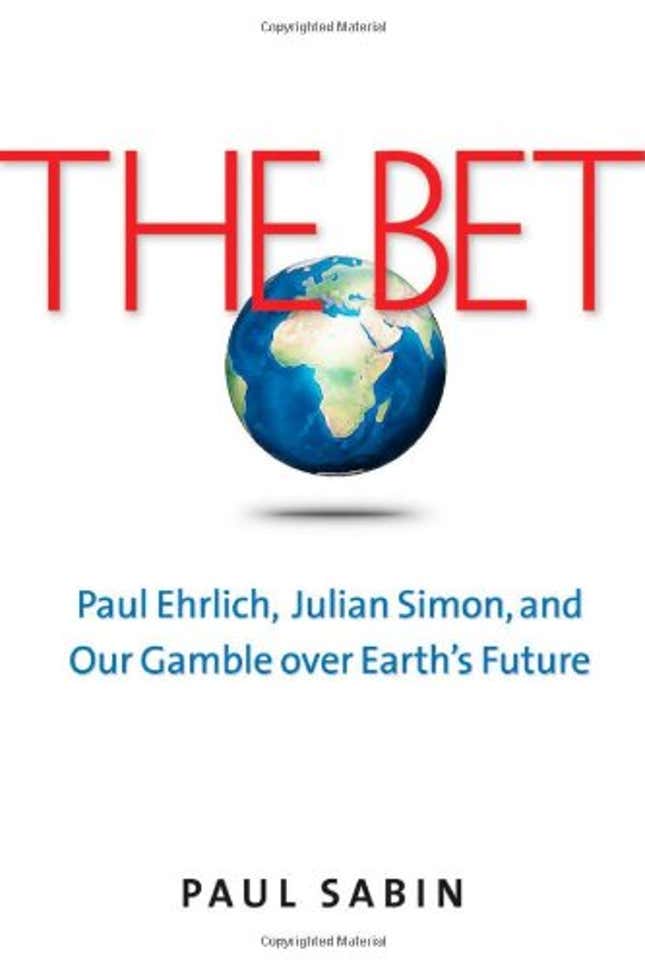
The Bet, by Paul Sabin. “…what was the bet? University of Illinois economist Julian Simon challenged Stanford biologist Paul Ehrlich to put his money where his mouth was and wager up to $1,000 on whether the prices of five different metals would rise or fall over the next decade. Ehrlich and Simon saw the price of metals as a proxy for whether the world was hurtling toward apocalyptic scarcity (Ehrlich’s position) or was on the verge of creating greater abundance (Simon’s).”
